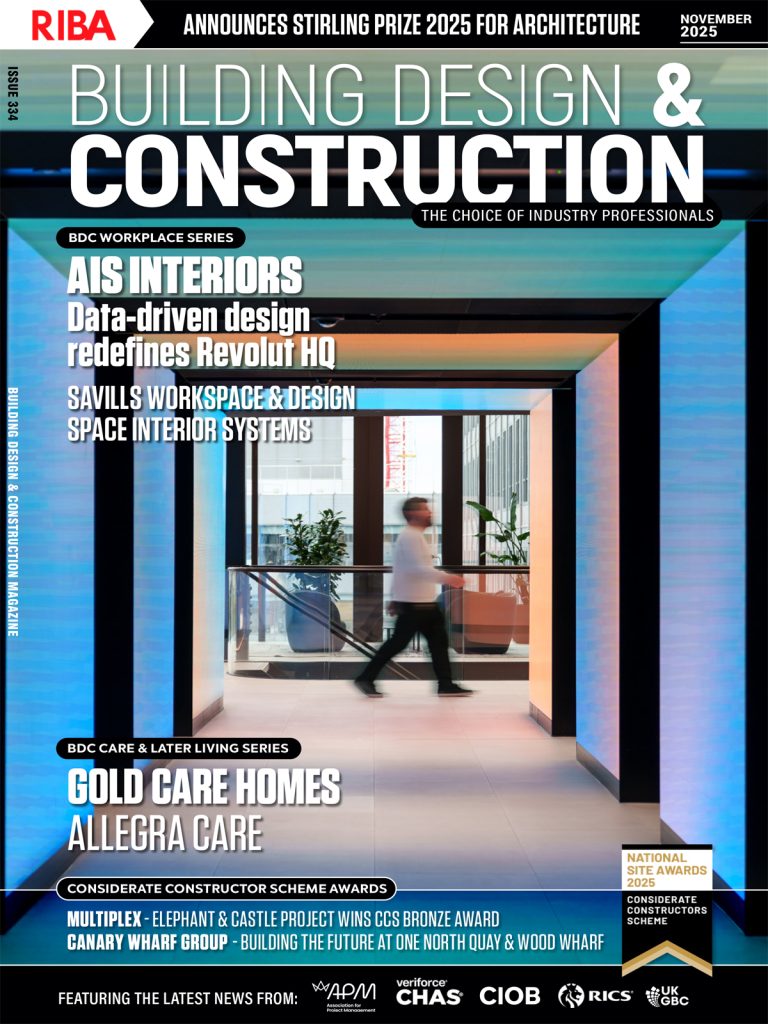The Packaging for Industry Houston TX present bundling plays an undeniably more mind-boggling job than simply making holders for items during the procedure of coordinations, deals, and end-use. It is presently additionally one of the most basic components regarding item configuration, marking, advertising and client experience. As the worldwide interest for bundling keeps on developing and differentiates, the bundling business is probably going to be all the more vigorously impacted by shopper inclinations, industry elements, natural concerns and improvements in innovation and assembling hardware. As indicated by an ongoing bundling industry report from Technavio, the worldwide bundling business sector size will develop near top of billions from ’17 to ’21, quickening at a flow of six percent during the gauge time frame. The development in the worldwide bundling business sector is fundamentally determined by the expanding request from end-client areas, for example, nourishment and refreshment, retail, and medicinal services enterprises. Customers are getting increasingly more touchy to the ecological ramifications of bundling. In this way, brands and makers are constantly searching for approaches to improve their bundling materials and establish a connection in the brains of their clients. Green bundling is one little advance towards improving the general brand picture as well as eco-invitingness. The development of bio-based and sustainable crude materials alongside the appropriation of compostable materials have advanced the interest for green bundling arrangements as one of the top bundling patterns to watch out in ’19. Concurring the most recent statistical surveying report from Technavio, the worldwide green bundling business sector size will develop by less than 100 billion from ’18 to ’22, enlisting a flow of over eight percent during the estimate time frame. The expanding discretionary cashflow of recent college grads combined with developing urbanization all-around has prompted the rising interest of extravagance bundling for buyer products. Recent college grads in urban territories ordinarily spend more on practically all classifications of customer products and enterprises than buyers in non-urban zones. This is bringing about expanded interest for premium, tasteful, utilitarian, and helpful bundling. Extravagance bundling winds up basic for bundling of premium shopper merchandise, for example, shampoos, conditioners, lipstick, body creams, face creams, and cleansers. This bundling improves the tasteful intrigue of the item to pull in millennial clients. This is actuating organizations to concentrate on creating premium and inventive bundling answers to make the items increasingly extravagant. The development of the worldwide online business market is boosting the bundling request the world over, which is another of the significant bundling patterns all through ’19. The comfort of web-based shopping and the ascent in the entrance of Internet benefits particularly in the creating nations, for example, India, China, Brazil, Mexico, and South Africa, has actuated clients to utilize web-based shopping stages. With the developing ubiquity of online deals, the interest for bundling items for the protected shipment of items additionally increments extensively. This constrains online retailers and web-based business organizations to utilize various sorts of ridged boxes and actualize new strategies. The adaptable bundling business sector keeps on being one of the quickest developing fragments in the worldwide bundling industry. Adaptable bundling is likewise one of the top bundling patterns that an ever-increasing number of brands and makers will begin to embrace in 2019, because of its top-notch quality, cost-adequacy, accommodation, reasonableness, and maintainability. Customers progressively incline toward such bundling which requires least time and exertion to open, convey, and store, for example, zippers reclosure, tear indents, strip off covers, hang gap highlights, and microwavable pockets. Adaptable bundling gives accommodation to the purchaser while guaranteeing item security. Right now, sustenance and refreshment market is the biggest end-client for adaptable bundling, yet the interest of adaptable bundling in pharmaceuticals and beautifying agents ventures is relied upon to have a huge development all through an astonishing year.






